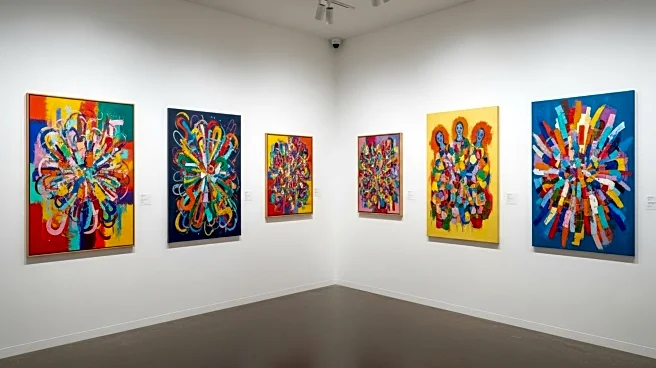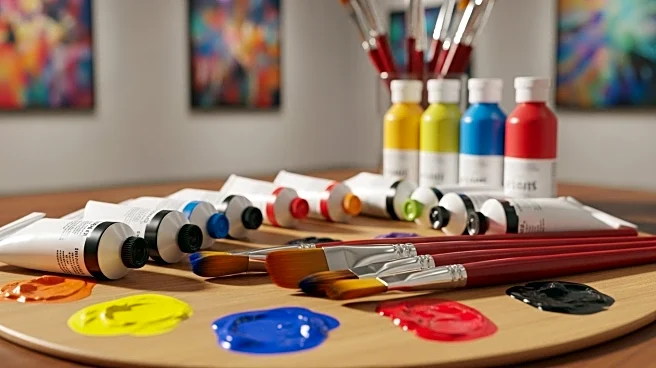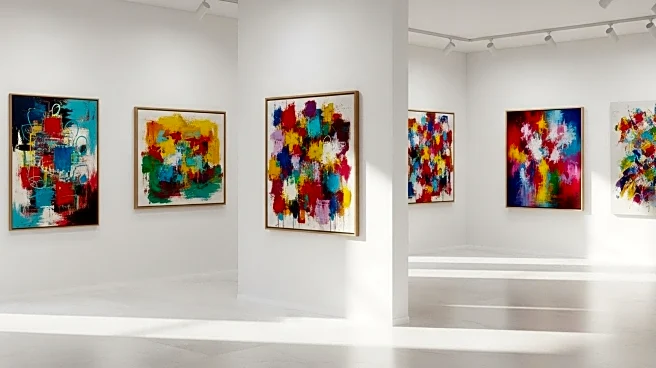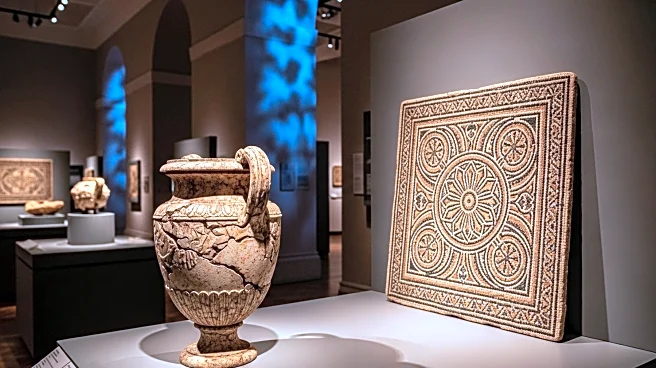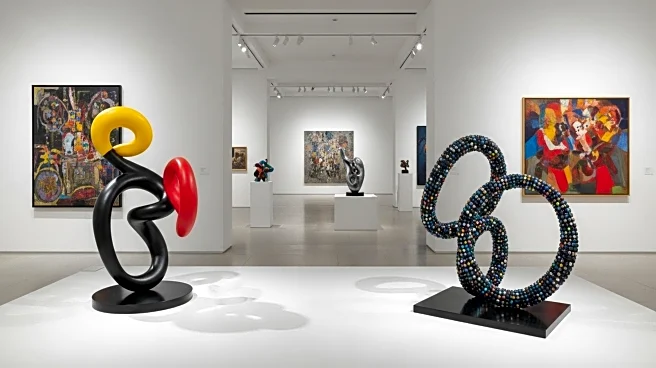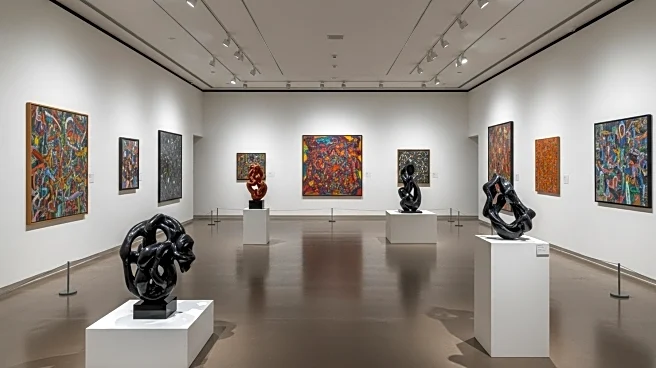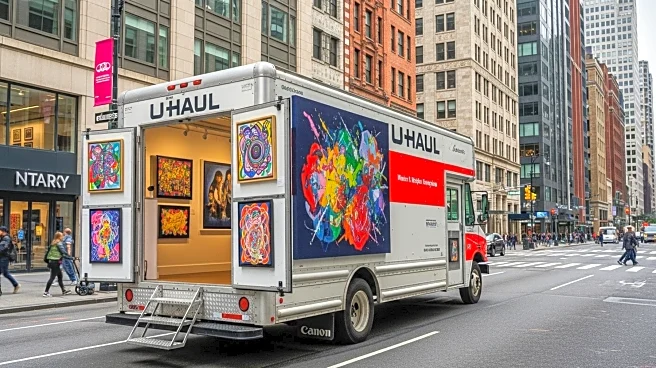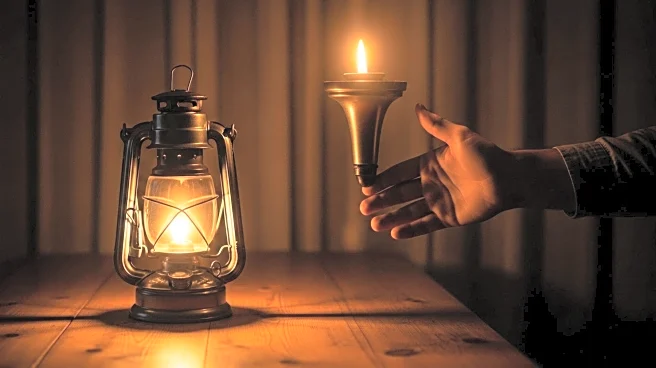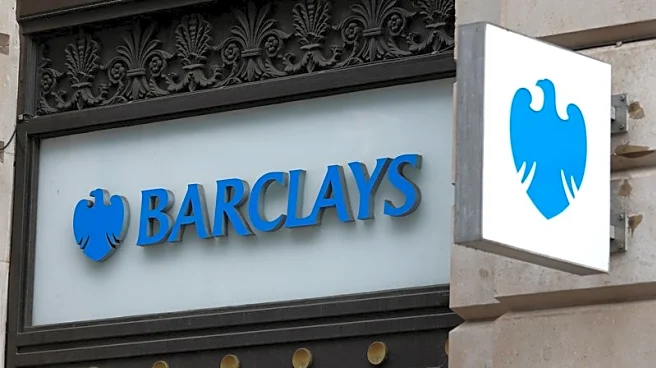What's Happening?
The Armory Show, a prominent art fair in New York, is incorporating non-profit organizations into its 2025 edition, featuring nine non-profit entities among its 230 exhibitors. This initiative aims to support artists and create a community around their work. The fair invites non-profit exhibitors to apply for stands, offering them significantly subsidized rates and the opportunity to invite donors as VIPs. The Armory Show also awards the Spotlight prize to one New York-based non-profit exhibitor annually, providing a fully funded stand. This year, the Manhattan-based Storefront for Art and Architecture received the prize. The inclusion of non-profits is seen as essential to the fair's mission of amplifying and supporting artists, according to Kyla McMillan, the director of The Armory Show.
Why It's Important?
The integration of non-profit organizations into art fairs like The Armory Show highlights the evolving relationship between charitable entities and the art market. Non-profits often provide initial support for artists before they gain gallery representation, thus playing a crucial role in the art ecosystem. By offering subsidized participation and visibility, The Armory Show helps non-profits fundraise and expand their reach, potentially leading to increased support for emerging artists. This approach reflects a broader trend in the art industry, where collaboration between for-profit and non-profit sectors can enrich the cultural landscape and provide diverse opportunities for artists.
What's Next?
The Armory Show's model of integrating non-profits may inspire other art fairs to adopt similar practices, fostering greater collaboration between different sectors of the art world. As non-profits continue to gain visibility at major art events, they may attract more donors and supporters, enhancing their ability to support artists. Additionally, the success of this initiative could lead to more strategic partnerships between art fairs and non-profit organizations, potentially influencing how art is presented and consumed in the future.
Beyond the Headlines
The collaboration between art fairs and non-profit organizations raises questions about the traditional boundaries between commercial and charitable art sectors. As these lines blur, there may be ethical considerations regarding the commercialization of art and the role of non-profits in a market-driven environment. This shift could lead to new models of art presentation and funding, challenging conventional practices and encouraging innovative approaches to supporting artists.
